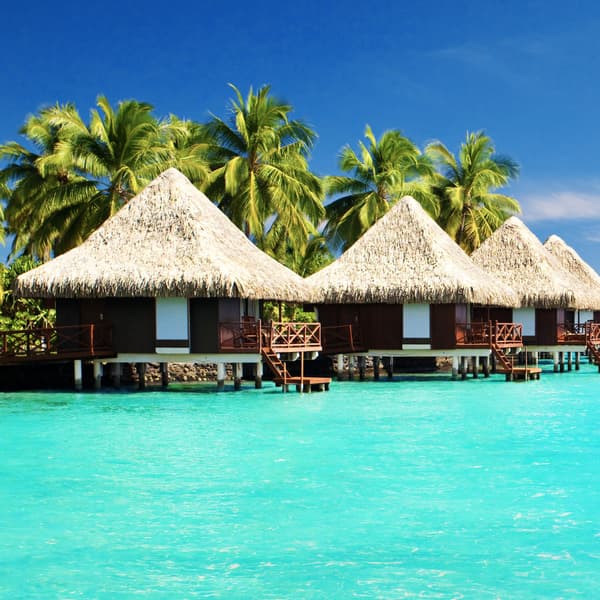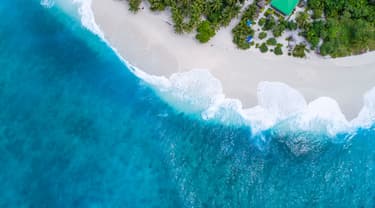The Aurora Borealis, more commonly known as The Northern Lights, are one of those spectacular natural phenomena that features highly in many people’s bucket lists. This is a galactical display guaranteed to make your jaw hit the floor, as lights of varying neon colours sweep across the sky.
As it is, being governed by Mother Nature, seeing the lights can be very hit and miss – but below is some advice for anyone planning on taking a trip to view this unique and spectacular natural event for themselves.
Where is the best place to see the Northern Lights?
The lights occur high in the Earth’s atmosphere, as a result of oxygen and nitrogen atoms colliding with solar winds and accelerating along the Earth’s magnetic fields. No, I don’t actually know what this means either, but apparantly because of this, the lights are more easily visible the closer you get to the poles, where the magnetic fields are stronger – occurring within the latitudes of 65 to 72 degrees north.
This cuts out a narrow strip across the north of the globe that encompasses northern Scandinavia, Russia, Alaska, Canada, Greenland and Iceland – if you are in this strip, you have a chance of seeing them. The image below shows roughly what this strip looks like, in between red lines:

Abisko, Sweden
In the far north of Sweden you will find the small town of Abisko, home to around 85 people and also the sky station. Claiming to be one of the best places on earth to see the Aurora Borealis, the sky station in Abisko is a dedicated viewing station for the lights. Visitors would probably need to take an internal flight from Stockholm to Kiruna airport, 60 miles to the East of Abisko.
Tromso, Norway
Tromso is the ninth largest city in Norway and is relatively easy to reach, as Tromso Lagnes Airport is around a two hour flight from Norway’s capital Oslo. The city is lively and culturally active year round so should provide some interesting sideshows to the spectacle in the sky. Interesting Tromso Aurora fact – the majority of the lights visible from Tromso are green.
Reykjavik, Iceland
The capital Reykjavík is a good option for seeing the Auroras in Iceland. As with Tromso, Reykjavík is a lively city with plenty of alternative entertainment options in addition to the lights. You’ll probably want to make your way out of the city to view the Aurora’s however, as the street light pollution may detract from the quality. Thankfully there are plenty of organised Aurora tours available. Flights to Reykjavik are available direct from London and take around 3 hours.

Yellowknife, Canada
The city of Yellowknife in Canada’s Northwest Territories sits on the north shore of the Great Slave Lake and is yet another city that claims to be one of the world’s best for viewing the Aurora Borealis. As with many of these locations, a tourism industry has been built up around the lights and regular excursions to view the lights are available including dogsled and snowmobile trips. Yellowknife has an airport that is accessible via an internal flight, with Edmonton being the closest international airport. Direct flights to Edmonton are available from London and take around 9 hours.
When is the best time to see the Northern Lights?
So now you’ve worked out where you might go to see the lights, the next crucial element is when. Auroral displays can occur throughout the year, but the best time to see the lights is in the Winter, generally November, December or January, although you can also see good displays in late autumn and early spring.
As a result of this, combined with the northern latitudes of the prime viewing locations, it is almost certain to be cold, so wrap up warm. Scientists have also discovered that auroral activity seems to be cyclical, with the year 2013 being the next peak in this cycle. Once at your location, you should start keeping an eye on the heavens from around 9pm and keep your head craned skywards until the early hours of the morning
Have a comment or question about this article? You can contact us on Twitter or Facebook.

